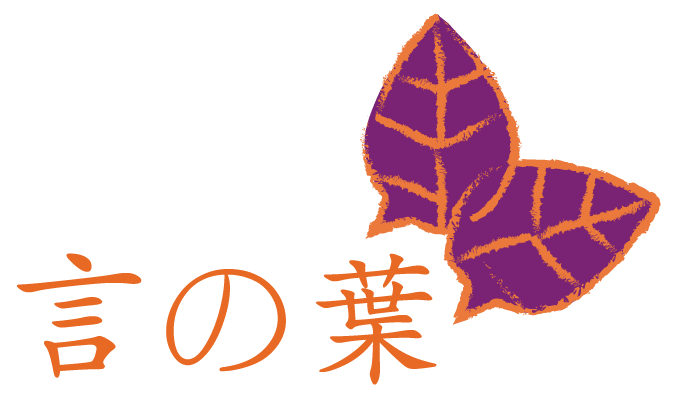-
日本語
-
English
-
Deutsch
日本の47都道府県《鳥取県》
日本列島本島の中国地方、北東部にある鳥取県。北には日本海、南に中国山地の山々が広がり、春には花が咲き、夏には良質な水質の海水浴場、秋は山々が紅葉に染まり、冬は一面の銀世界が広がります。

【鳥取砂丘】
四季に応じて、また昼夜で、その姿を変えてゆきます。豊かな表情をみせる砂丘は魅力的です。
鳥取砂丘は、鳥取県鳥取市の日本海海岸に広がる広大な砂礫(されき)地で、日本で代表的な海岸砂丘です。観光可能な砂丘としては日本最大です。

©鳥取県

©鳥取県
【大山】
大山には、今も手つかずの大自然が残っています。森林浴や自然観察スポットとして人気が高いです。
登山は、鳥の鳴き声や、緑の匂いなど、大自然を全身で感じられるすばらしい空間ですが、登山は ちょっと無理な方でも、大山を気軽に楽しめるハイキングコースや、大山の古道やブナ林を楽しむウォーキングコースもあります。
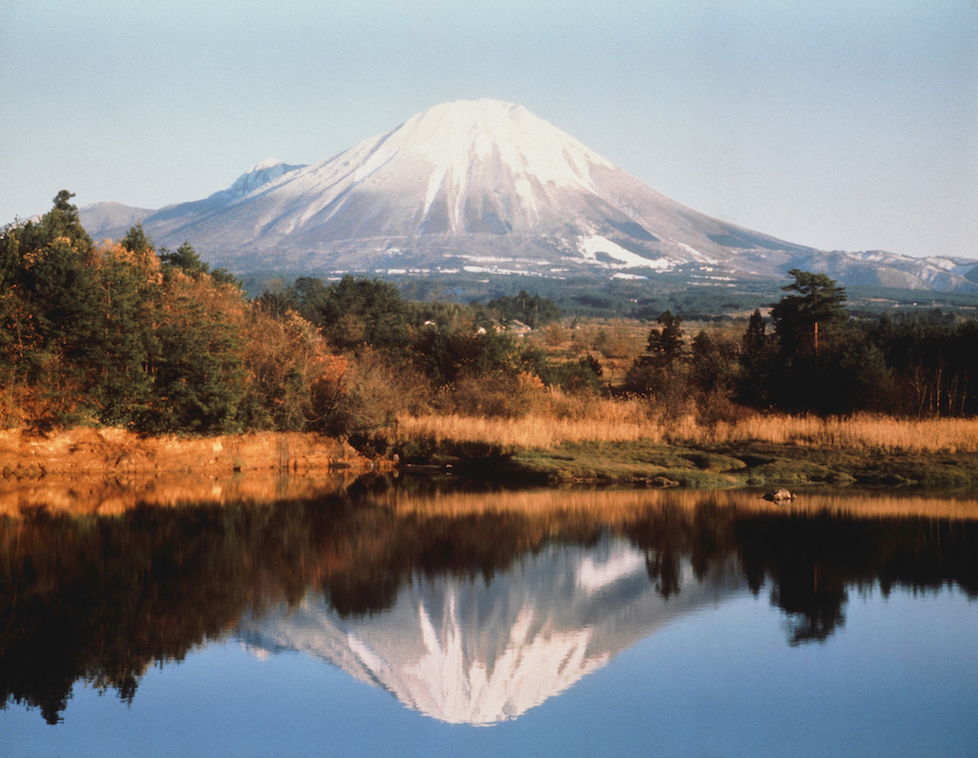
©鳥取県

©鳥取県
【三徳山 三佛寺】(みとくさん さんぶつじ)
『三徳山』は修行の場所であり、木の根や岩をよじ登る等、場所によっては険しい箇所があります。入山の際に、事故防止のため、主に服装と靴のチェックがあります。スニーカーなどでは入山許可が下りないことがありますのでご注意ください。
『三佛寺』は標高900メートルの三徳山に境内を持つ山岳寺院です。
その奥院である投入堂は垂直に切り立った絶壁の窪みに建てられた他に類を見ない建築物で、国宝に指定されています。

©鳥取県
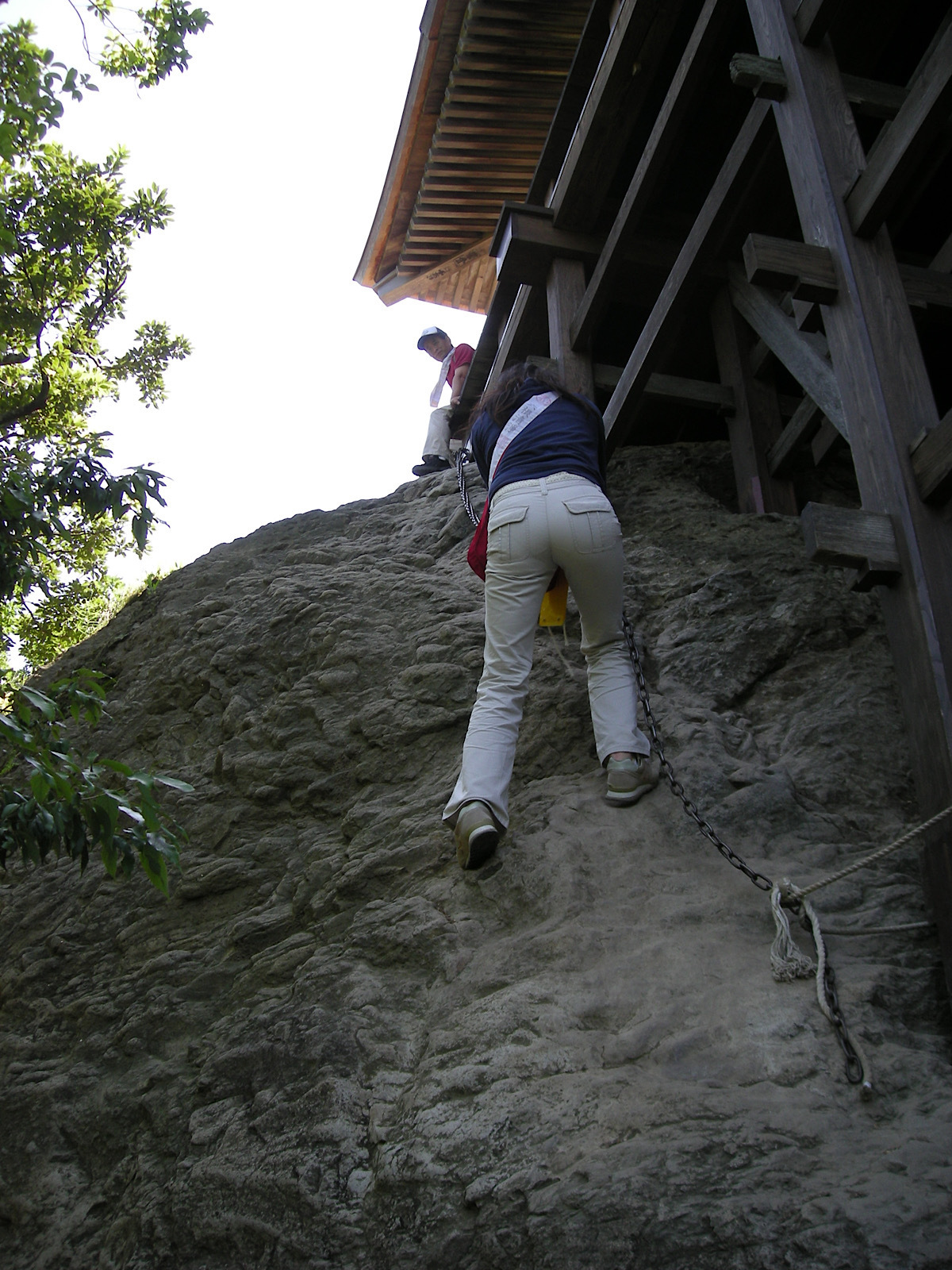
©鳥取県
【鳥取県の温泉】
鳥取県にはバラエティ豊かな温泉がたくさん湧いています。
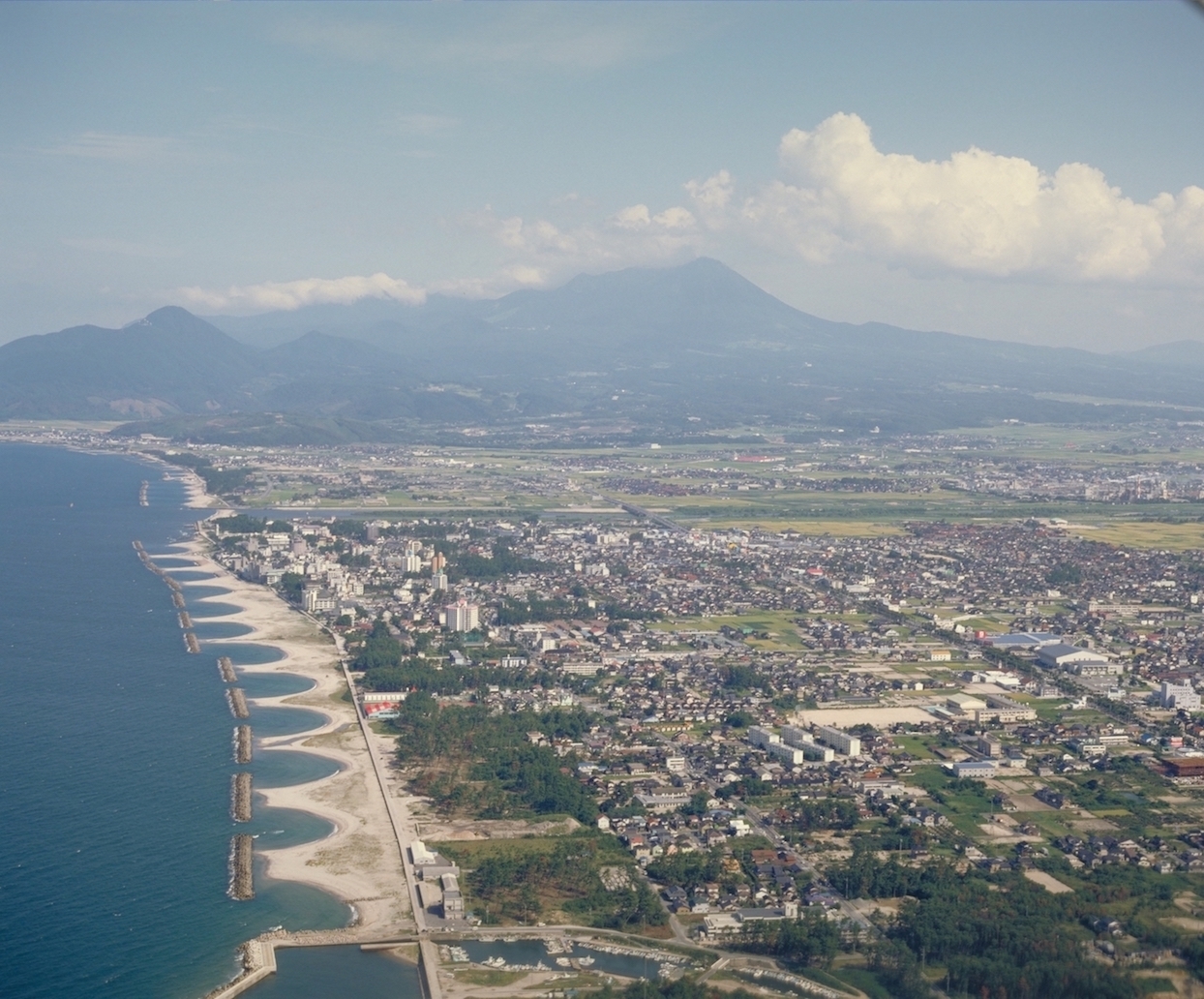
©鳥取県

©鳥取県

©鳥取県

©鳥取県
『東郷温泉』湖に沈む夕日を堪能できる温泉
『浜村温泉』豊富な湯量が魅力
『関金温泉』古い宿場町に湧き出る癒しの湯
『吉岡温泉』千年以上の歴史を誇る閑静な温泉郷
『鹿野温泉』通称「おんな湯」肌に優しい温泉
『鳥取温泉』県庁所在地に沸く温泉
【鳥取しゃんしゃん祭】
鳥取しゃんしゃん祭は、毎年8月に開催される鳥取市最大のイベントで、傘につけた鈴をしゃんしゃん鳴らします。祭りのメインイベントの一斉傘踊りでは、毎年約4千人もの踊り子が市街地を踊る姿は迫力です。

©鳥取県
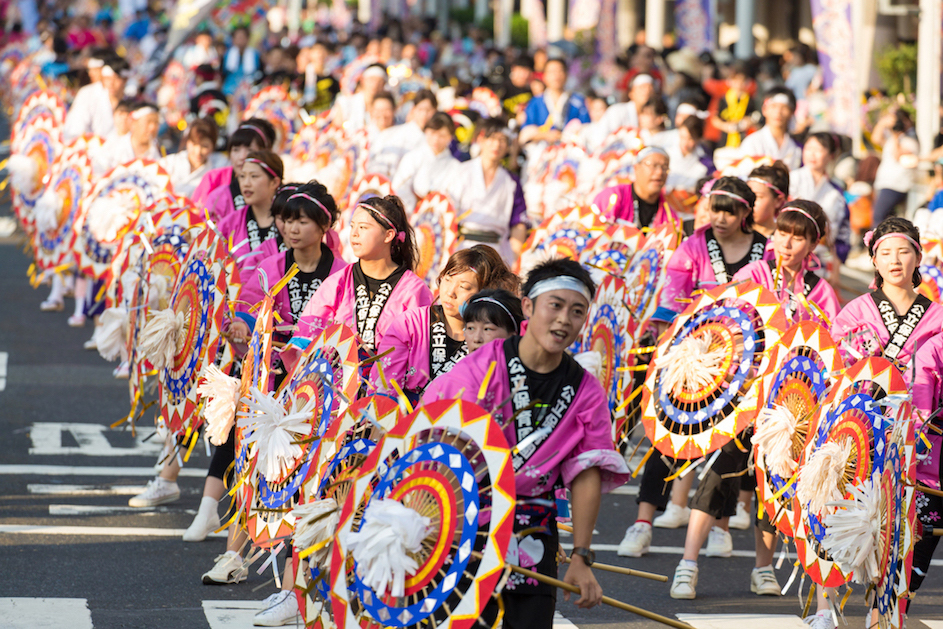
©鳥取県
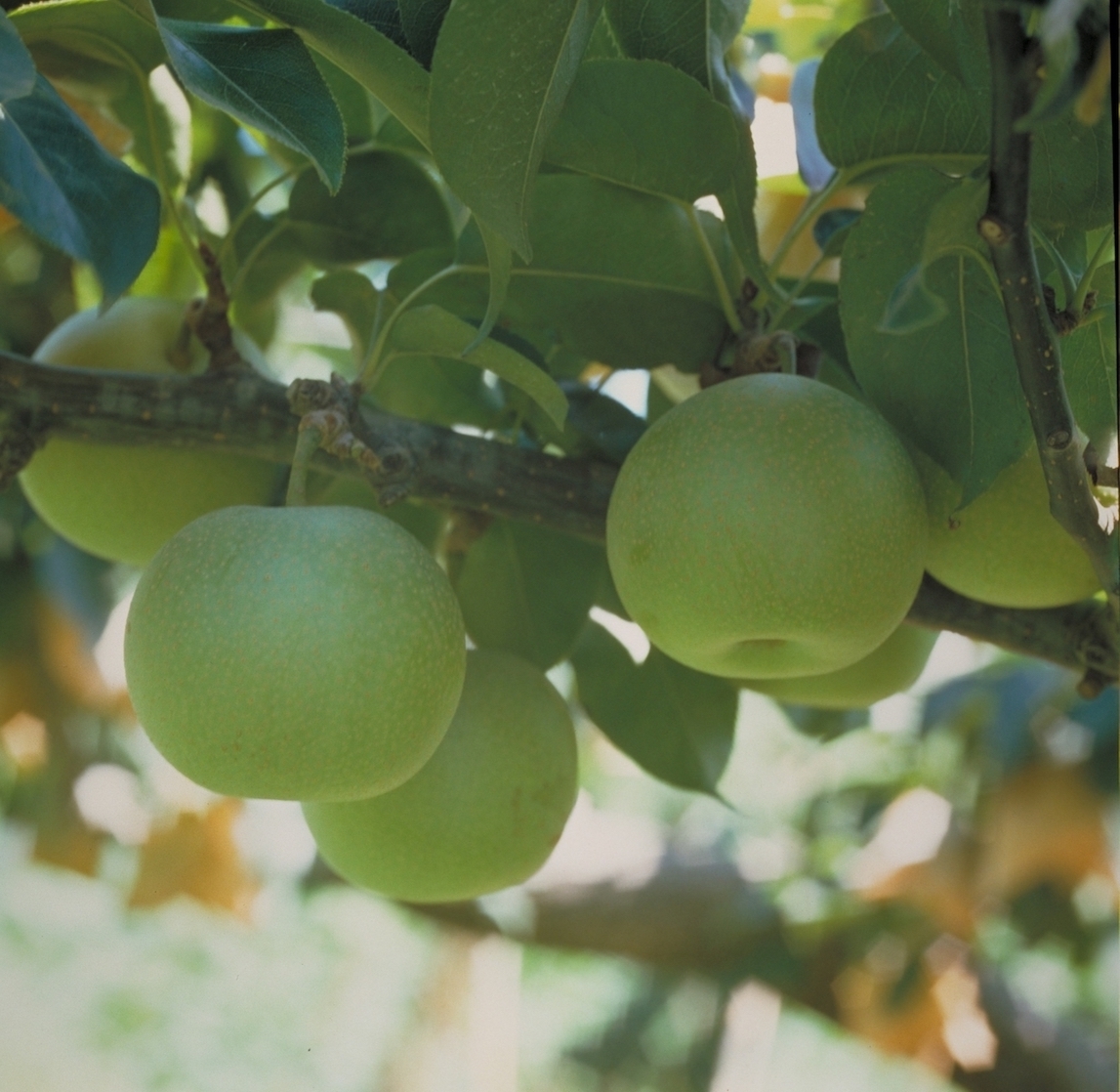
©鳥取県
【美味しい食べ物】
《鳥取の梨》
鳥取の「二十世紀梨」の生産量は全国一です。
そのみずみずしさと甘酸っぱさが絶妙です。

《いがい飯》
いがいは、三角型の形で、貝殻の色は黒褐色、岩礁に着生しています。ムール貝に似ています。

《いただき》
大判の油揚げに、米、ささがけした人参とゴボウ、細かく刻んだ干ししいたけを詰めて、爪楊枝で口をふさいで、大きめの鍋で醤油や砂糖こんぶだしなどで煮ます。

©鳥取県
《松葉ガニ》
鳥取県の代表的な冬の味覚のひとつです。

©鳥取県
《とうふちくわ》
木綿豆腐と白身魚のすり身をほぼ7対3の割合で混ぜて蒸し上げたものです。
自然溢れる鳥取県で四季の美しさを間近で感じてください。
47 Prefectures: Tottori
Tottori Prefecture is located in the northeastern part of the Chugoku region of the Japanese archipelago. The north side of Tottori Prefecture is the Sea of Japan and the south side is the mountains of Chugoku. Flowers bloom in spring, beaches with beautiful water in summer, in autumn the mountains are beautifully colored and in winter a white world spreads out.

Tottori Sand Dunes
In addition to the four seasons, the appearance also changes day and night. The dunes, which show their rich expression, are fascinating.
The Tottori Sand Dunes are huge sand and gravel areas on the coast of the Sea of Japan in Tottori City, Tottori Prefecture, and are among the most representative coastal sand dunes in Japan. It is the largest sand dune in Japan that can be visited.

©Tottori

©Tottori
Ooyama
In Ooyama there is still a lot of untouched nature. It is a popular place where you can feel the special power of nature and observe its beauty.
It is a wonderful place where you can feel the great nature with your whole body, like the sound of the birds and the smell of green. For those who can't climb like experts, there are also comfortable hiking trails where you can enjoy Ooyama without any problems. For example, one of the trails is an ancient mountain road, or there is also a trail where you can enjoy the beech forest.

©Tottori

©Tottori
Santokusan Sanbutsuji (Mitokusan Sanbutsuji)
«Santokusan» is a place for training and there are some steep places like climbing on tree roots and rocks. When entering the mountain mainly clothes and shoes are checked to avoid accidents. Please pay special attention to your shoes. With shoes that are not suitable for climbing, it may not be allowed to enter the area.
«Sanbutsu-ji» is a mountain temple built on the Santoku mountain, 900 meters above sea level.
The building has a unique structure built in a vertical steep dent and has been declared a national treasure.

©Tottori

©Tottori
Onsen in Tottori
There are many different hot springs in Tottori Prefecture.

©Tottori
«Kaiki Onsen» is the largest thermal bath in the Sanin region. You can see the famous mountain peaks and have a view to the sea.

©Tottori

©Tottori

©Tottori
Togo Onsen: A hot spring where you can enjoy the sunset over the lake.
Hamamura Onsen: Has plenty of hot water.
Sekikin Onsen: Healing hot water that gushes out in an old post town.
Yoshioka Onsen: A quiet Onsen town with over a thousand years of history.
Kano Onsen: This hot spring, called «Onna Yu», is gentle on the skin.
Tottori Hot Springs: The Tottori hot spring in the capital of the prefecture.
Tottori Shan Shan Festival
The Tottori Shanshan Festival is the largest event in Tottori City, held every year in August. Bells are attached to umbrellas. The highlight of the festival is when about 4,000 dancers dance in the city at the same time.

©Tottori

©Tottori

©Tottori
Delicious food - Tottori Pear
Tottori's «20th Century Pear» - «Nijusei Pears»
Tottori Prefecture has the highest production of this pear in Japan. The freshness and sweet-sour taste are exquisite.

Igai rice
The mussel has a triangular shape, a black-brown shell colour and is found on rocky reefs. It is similar to common mussels.

Itadaki
You fill a large fried tofu bag with raw rice, raw carrots and burdock and finely chopped shiitake mushrooms, cover the bag opening with a toothpick and cook it in a large pot with soy sauce, sugar and dashi.

©Tottori
Matsuba crab
It is one of the typical and popular foods of Tottori Prefecture in winter.

©Tottori
Tofu Chikuwa
Chikuwa is like sausage and has a hole inside.
The ingredients are a mixture of tofu and white fish paste mixed in a ratio of about 7 to 3 and then steamed.
The best place to enjoy the seasonal beauty of nature is in Tottori Prefecture itself. : )
47 Präfekturen: Tottori
Die Präfektur Tottori ist im nordöstlichen Teil der Chugoku-Region des japanischen Archipels.
Die Nordseite der Präfektur Tottori ist das Japanische Meer und die Südseite sind die Berge des Chugoku-Gebirges. Im Frühling blühen die Blumen, im Sommer glänzen die Strände und das Meer, im Herbst sind die Berge wunderschön gefärbt und im Winter breitet sich eine weisse Welt aus.

Tottori Sanddünen
Zusätzlich zu den vier Jahreszeiten ändert sich das Erscheinungsbild auch Tag und Nacht. Die Sanddünen in Tottori sind faszinierend. Es sind riesige Sand-und Kiesgebiete an der Küste des Japanischen Meeres in Tottori City, die zu den repräsentativsten Küstensanddünen Japans gehören und die grössten sind, die besichtigt werden können.

©Tottori

©Tottori
Ooyama
In Ooyama hat es immer noch viel unberührte Natur und es ist ein beliebter Ort, an dem man die besondere Kraft der Natur und ihre Schönheit, wie das Zwitschern der Vögel und der Geruch des Grases, geniessen kann. Für diejenigen, die nicht wie ExpertInnen klettern können, gibt es auch gemütliche Wanderwege, auf denen man Ooyama problemlos begehen kann. Einer der Wanderwege ist zum Beispiel eine uralte Bergstrasse, ein anderer Weg führt duch den Buchenwald.

©Tottori

©Tottori
Santokusan Sanbutsuji (Mitokusan Sanbutsuji)
«Santokusan» ist ein Ort zum Trainieren mit einigen steilen Stellen wie das Klettern auf Baumwurzeln und Felsen. Beim Betreten des Berges werden hauptsächlich Kleidung und Schuhe überprüft, um Unfälle zu vermeiden. Bitte achte besonders auf deine Schuhe, mit Schuhen, die nicht zum Klettern geeignet sind, darf das Gelände möglicherweise nicht betreten werden.
«Sanbutsu-ji» ist ein Bergtempel, der auf dem Berg Santoku, 900 Metern über dem Meeresspiegel, erbaut wurde. Das Gebäude verfügt über eine einzigartige Struktur, die in einer vertikalen steilen Delle gebaut und als nationaler Schatz ausgewiesen wurde.

©Tottori

©Tottori
Onsen in Tottori
In der Präfektur Tottori gibt es viele verschiedene heisse Quellen.

©Tottori

©Tottori

©Tottori

©Tottori
Togo Onsen: Eine heisse Quelle, wo man den Sonnenuntergang über dem See geniessen kann
Hamamura Onsen: Hat reichlich heisses Wasser
Sekikin Onsen: Heilendes heisses Wasser, das in einer alten Poststadt heraussprudelt
Yoshioka Onsen: Eine ruhige Onsen-Stadt mit einer über tausendjährigen Geschichte
Kano Onsen: Diese heisse Quelle, eine sogenannte «Onna Yu» ist sanft zur Haut
Tottori Hot Springs: Die heisse Quelle von Tottori in der Hauptstadt der Präfektur
Tottori Shan Shan Festival
Das Tottori Shan Shan Festival ist die grösste Veranstaltung in Tottori City, die jedes Jahr im August stattfindet und bei dem Glocken an Regenschirmen befestigt werden. Der Höhepunkt des Festivals ist, wenn ungefähr 4.000 TänzerInnen gleichzeitig in der Stadt tanzen.

©Tottori

©Tottori

©Tottori
Das leckere Essen in Tottori:
Tottoris Birne «20th Century Pear» - «Nijusei-Birnen»
In Japan produziert die Präfektur Tottori am meisten Nijusei-Birnen, die durch ihre Frische und den süss-sauren Geschmack herausstechen.

Igai Reis
Die Igai-Muschel hat eine dreieckige Form, eine schwarzbraune Schalenfarbe und ist an felsigen Riffen angesiedelt. Sie ähnelt den Miesmuscheln.

Itadaki
Man füllt eine grosse gebratene Tofutasche mit rohem Reis, rohen Karotten und Kletten sowie fein gehackten Shiitake-Pilzen, bedeckt die Taschenöffnung mit einem Zahnstocher und kocht es in einem grossen Topf mit Sojasauce, Zucker und Dashi.

©Tottori
Matsuba-Krabbe
Dies ist eines der typischen und beliebten Essen der Präfektur Tottori im Winter.

©Tottori
Tofu Chikuwa
Chikuwa ist ähnlich wie eine Wurst und hat ein Loch im Inneren. Die Zutaten sind eine Mischung aus Tofu und weisser Fischpaste in einem Verhältnis von ungefähr 7 zu 3, welche gemischt und dann gedämpft werden.
Am besten geniesst du die saisonale Schönheit der Natur und das feine Essen in der Präfektur Tottori grad selber. : )



